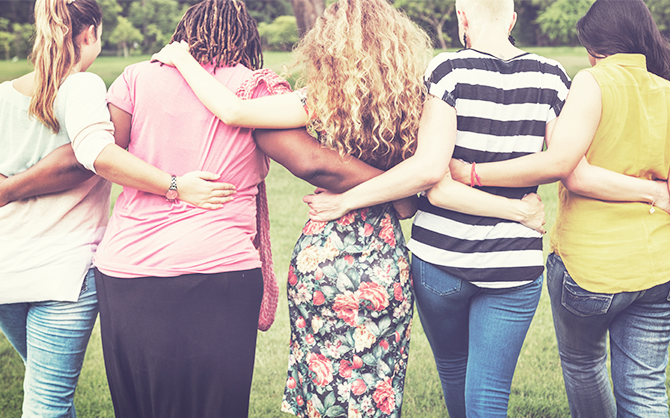Recent figures show that more than 80% of parents are choosing to breastfeed these days. Current research continues to reinforce the many benefits of breastfeeding and, more importantly, the health improvements of exclusive breast milk feeding. To give their child these benefits, some parents are seeking out breast milk sharing options, particularly informal milk sharing. It’s important that their decision to do so is an informed one.
Parents can obtain milk from friends, relatives, or even strangers they find on social media platforms like Facebook. It is every educator’s ethical duty to inform parents of the risks and benefits so they can make an informed decision. You can also offer some reasonable interventions to increase the safety of milk sharing.
Milk sharing risks include:
- Disease transmission: This includes HIV, Hepatitis B&C, Human T-cell Leukemia virus (HTLV 1&2), Cytomegalovirus, Epstein-Barr virus, Salmonella and Group B Streptococcus.
- Chemical contaminants: From prescription, over-the-counter, and illegal drugs. The donor could also have herbal supplements or alcohol in her system when she pumps.
- Collection contaminants: Bacterial growth due to poor hygiene in milk expression and improper storage habits.
Some ways recipient parents can reduce these risks:
- Screen donors about their health and lifestyle through interviews or questionnaires.
- Request donor parents be screened for the diseases mentioned above.
- Have discussions about proper collection, storage and transport.
- Pasteurize the donated milk at home on the stovetop (30 minutes at 62.5°C/144°F) or using a home pasteurization kit. Pasteurizing inactivates pathogens while allowing the nutritious properties to be maintained.
Of course the most important benefit is that the child is getting human milk and avoiding the risks associated with infant formula. Other benefits include reducing poverty, helping the environment and increasing women’s productivity.
It’s important to emphasize to parents that milk sharing is a personal choice. By receiving evidence-based information about the options, parents are empowered to make their own decision without the influence of others’ beliefs. If they decide to go the milk-sharing route and give their child breast milk from another person after hearing an unbiased explanation of the risks involved, then they are exercising their right with informed consent. And in the end, parents have the right to decide what is best for their child.
Recommended reading:
The Four Pillars of Safe Breast Milk Sharing by Shell Walker and Maria Armstrong, from Midwifery Today (2012), 101, 34-37.
Statement regarding use of informally shared human milk from the American Academy of Nursing on Policy Position, from Nurs Outlook. 64 (2016) 98-102.
World Breastfeeding Week is August 1-7. Get materials and information here.
Get social! @customizedinc #WBW2017 #breastfeeding #worldbreastfeedingweek #nutrition



